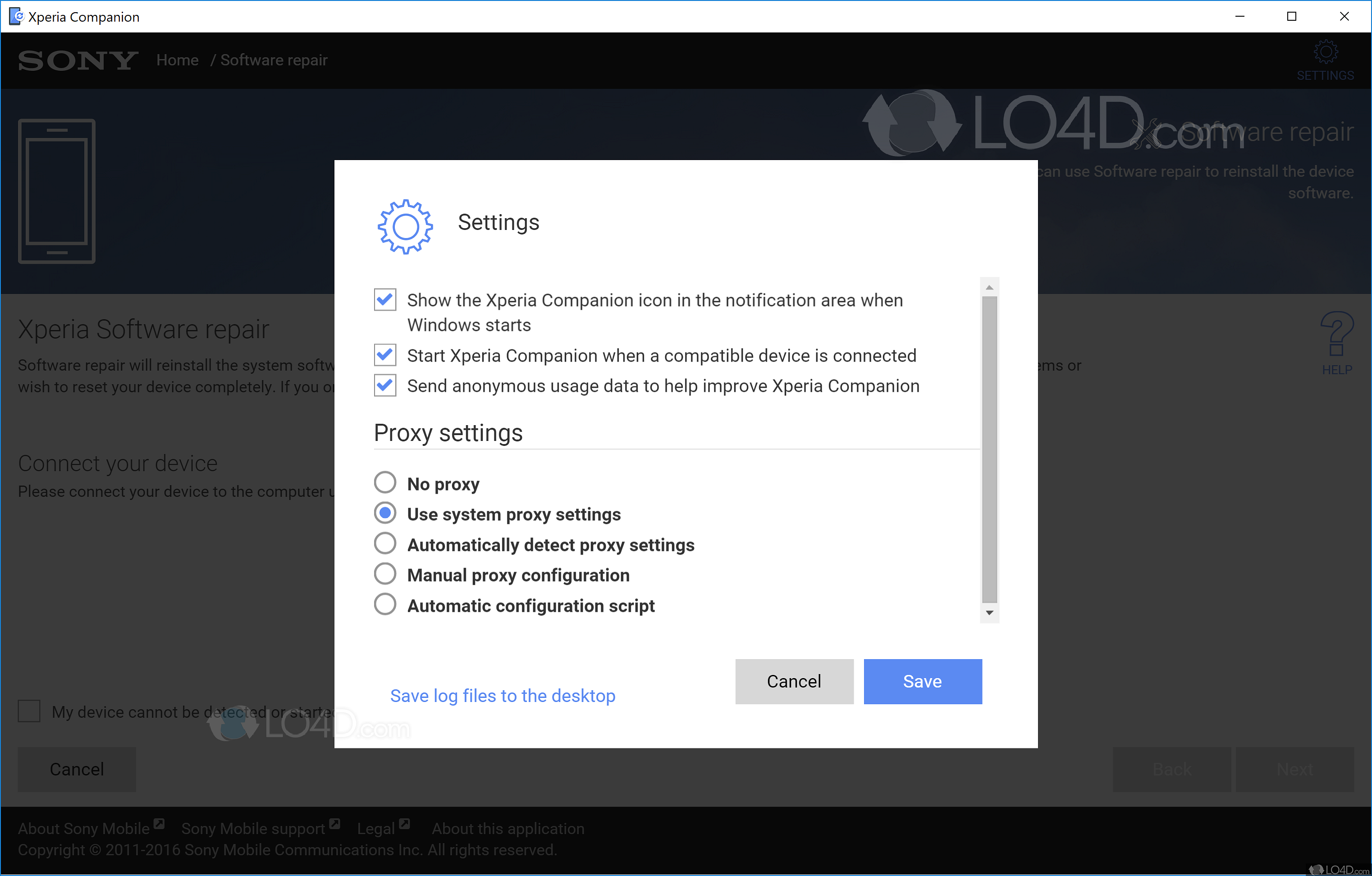

The sync only happens when the app is loaded too, however, so you need to keep track of that yourself.Īndroid devices are naturally a little more open, and the app can run in the background. For example, iOS devices need to install DejaOffice (the free app from CompanionLink) to synchronize contacts and calendars. Different devices have different capabilities. But instead, it happens inside the phone settings area of the app.Īfter you have set up your desktop installation, you then have to set up your device. I would normally have assumed this would have happened on the website. Once you’ve selected your sync source, you then have to set up a username and password. I use Outlook, and CompanionLink supports from Outlook 2000 to Outlook 2010. Second, you have to pick an information manager to use. Free 15-day trials are available for all the different licenses, so you can at least determine if the software is worth it.Ī typical setup includes first having to choose the device you want to “targetâ€. This is quickly recognized if say you want to sync your iPhone & iPad.įinally, none of the above costs include the cloud-based sync functionality—that’s an additional $9.95 a month. If you have 2 or more of those listed pieces of software, and want to synchronize them to two or more devices, the license cost is $129.95. If you have Lotus Notes, Groupwise, or ACT!, the software license is $69.95. CompanionLink charges $39.95 for either Outlook or Palm Desktop/Pimlical or Time & Chase synchronization, but not together. This functionality comes at a price, though. The important piece is that CompanionLink includes its own cloud synchronization to make the set up easier.

It’s an interesting piece of software, as many mobile devices include this kind of functionality already. CompanionLink recently released a new software product that allows for synchronization from most major mobile devices to most major software clients.


 0 kommentar(er)
0 kommentar(er)
